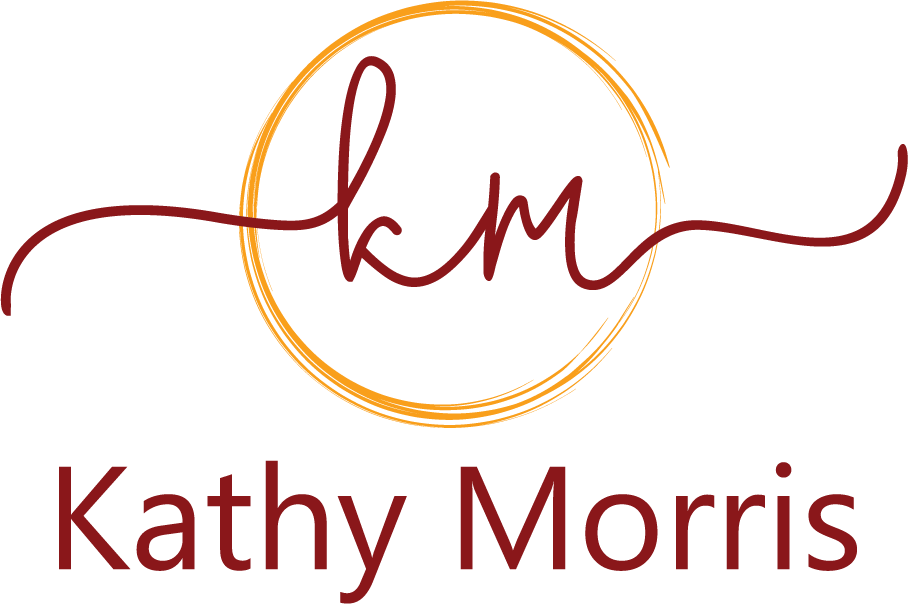
When we went live Friday afternoon, I predicted that I would have a pretty good handle on how to produce a Virtual Meeting by the end of the awards ceremony on Saturday night. I was right. With this “rehearsal” out of the way, I am much better prepared to guide clients through this virtual world.
But I was also right that what I knew going in still applied.

Content is King
To the audience, many of the presentations felt like talking heads. But, as one of the pioneers in corporate television used to say nearly 50 years ago, “The most effective form of video communication is the talking head, as long as the head that is talking is talking about something the listener wants to hear.”
The client’s teams prepared well, practiced their presentations before walking into the studio, adapted to the environment, rehearsed efficiently, and were comfortable during the Live Event.

Leverage the Medium
We treated the Virtual Meeting like a Television Broadcast. Over the 11.25 hours of scheduled meeting time, we presented 22 videos, varied the styles of the sessions to include PowerPoint-driven presentations, informal dialogues, interviews with medical professionals, had sales leaders share the secrets to their success and enabled attendees to interact with each other during and between sessions through the Platform.
We limited session lengths, included breaks and planned enough time for lunch and dinner to allow attendees to walk away from the screen.

You Can’t Over Communicate
The initial announcement that a meeting normally held in person is going to be virtual should come through communication channels familiar to the participants. Let them know to look for follow-up communication from the Meeting Producer – then WHITELIST the producer’s URL to keep future communication out of Spam or Junk folder.

You Can’t Control What You Can’t Control
The Program Manager in Master Control monitored every minute of the Virtual Meeting, seeing exactly what the audience saw. They identified technical issues before they were reported, tracked them down and addressed them as quickly as they could—without disrupting the program.
But in the end, the user experience was dependent on the bandwidth of the signal coming into the viewer’s computer. Whether they were in an external office or in their office at home, if they were competing with others occupying the same space (colleagues, e-learners, gamers, binge-watchers), all of that could affect the quality of the Livestream and the responsiveness of the Platform.
I look at it this way.
Two years ago, the client met in person. They left their homes and travelled to the meeting destination where they checked into a hotel. Over a couple of days, they attended the meeting and when it was over, they travelled home.
This year, from a location of their choosing, they logged onto the Platform, got 11.25 hours of access to rich content, insightful medical professionals and successful colleagues, and they still got to interact with the other attendees.
While some might say it was the best that could be done under the circumstances, I like to think that we took advantage of the circumstances to give attendees more time with their families, give their families a unique view into the attendee’s business and a chance to celebrate with Award Winners, still delivered valuable content—and sent a box with SWAG to their homes so they could share the pens, post-its, logoed hats and shirts, drawstring backpacks, travel mugs and stress balls with the family without traveling or a trip to the hotel or airport gift shop.
Nonetheless, I think we all still look forward to meeting face-to-face in 2022.
